Reach 66 in (168 cm) Role Professional Boxer Movies Rocky II, Harlem Nights Name Roberto Duran | Total fights 119 Height 1.70 m Nationality Panamanian | |
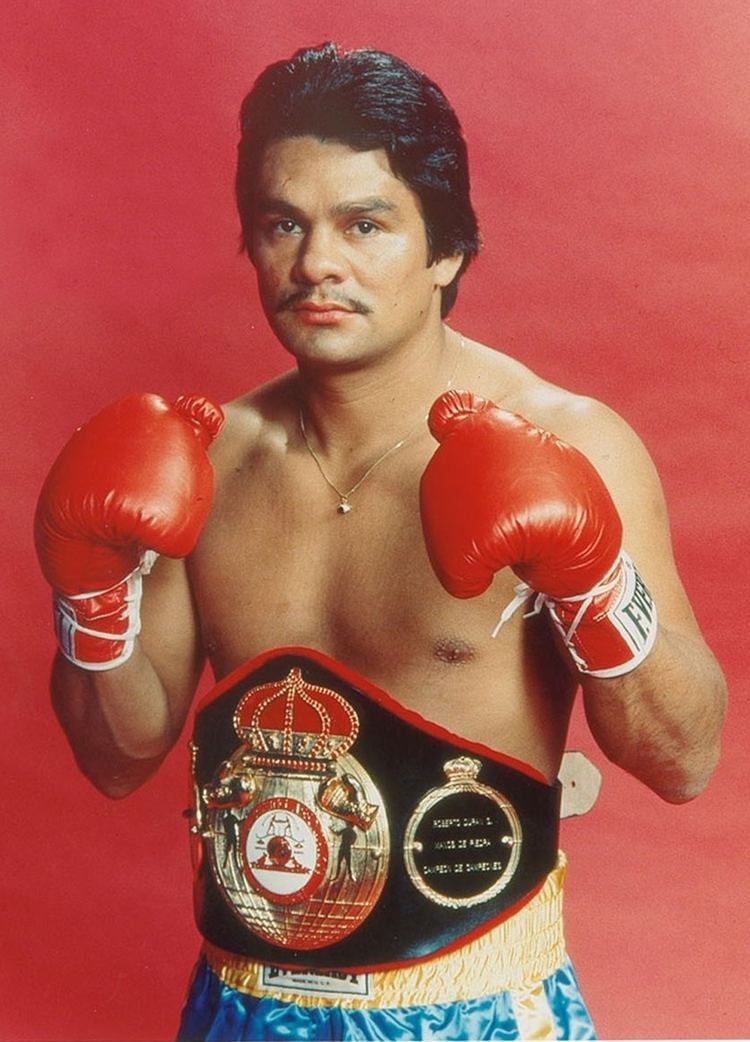 | ||
Real name Roberto Duran Samaniego Children Irichelle Duran, Victor Duran, Roberto Duran, Robin Duran Similar People | ||
Roberto Duran Hector Camacho I End
Roberto Durán Samaniego (born June 16, 1951) is a Panamanian former professional boxer who competed from 1968 to 2001. Widely regarded as one of the greatest boxers of all time, Durán was a versatile brawler and in-fighter in the ring, which earned him the nickname of ""Manos de Piedra" ("Hands of Stone") for his devastating punching power. He is a four-weight world champion, having held titles at lightweight (1972–1979), welterweight (1980), light middleweight (1983–1984), and middleweight (1989), as well as reigns as the undisputed and lineal lightweight champion (1978–1979), and the lineal welterweight champion (1980). He is also the second boxer to have competed over a span of five decades, the first being Jack Johnson. However, Durán is most infamous for abruptly forfeiting his welterweight title in the middle of his 1980 rematch with challenger Sugar Ray Leonard.
Contents
- Roberto Duran Hector Camacho I End
- ROBERTO DURAN HANDS OF STONE EXCLUSIVE INTERVIEW FOR iFILM LONDON
- Early life
- Lightweight
- Welterweight
- No ms
- Middleweight
- Super middleweight
- Retirement
- Film
- Television
- Music
- References
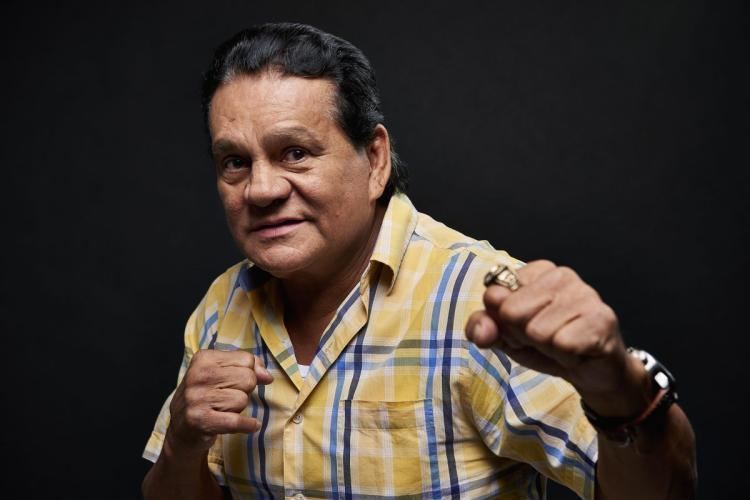
In 2002, Durán was voted by The Ring magazine as the fifth greatest fighter of the last 80 years, while boxing historian Bert Sugar rated him as the eighth greatest fighter of all time. The Associated Press voted him as the best lightweight of the 20th century, with many considering him the greatest lightweight of all time. Durán finally retired in January 2002 at age 50 (having previously retired in 1998) following a bad car crash in October 2001, with an epic professional record of 119 fights, 103 wins, and 70 knockouts. Up until his fight with Wilfred Benítez in 1982, he was trained by legendary boxing trainer Ray Arcel.
ROBERTO DURAN (HANDS OF STONE) EXCLUSIVE INTERVIEW FOR iFILM LONDON.
Early life
Roberto Durán was born on June 16, 1951 in Guarare, Panama. His mother, Clara Samaniego, was a native of Guararé, Panama, and his father, Margarito Durán Sánchez, was from Arizona, United States, and of Mexican descent. He was raised in the slums of El Chorrillo in the district "La Casa de Piedra" (The House of Stone) Panama. He began sparring with experienced boxers at the Neco de La Guardia gymnasium when he was only eight years old. He made his professional debut in 1968 at the age of 16.
Lightweight
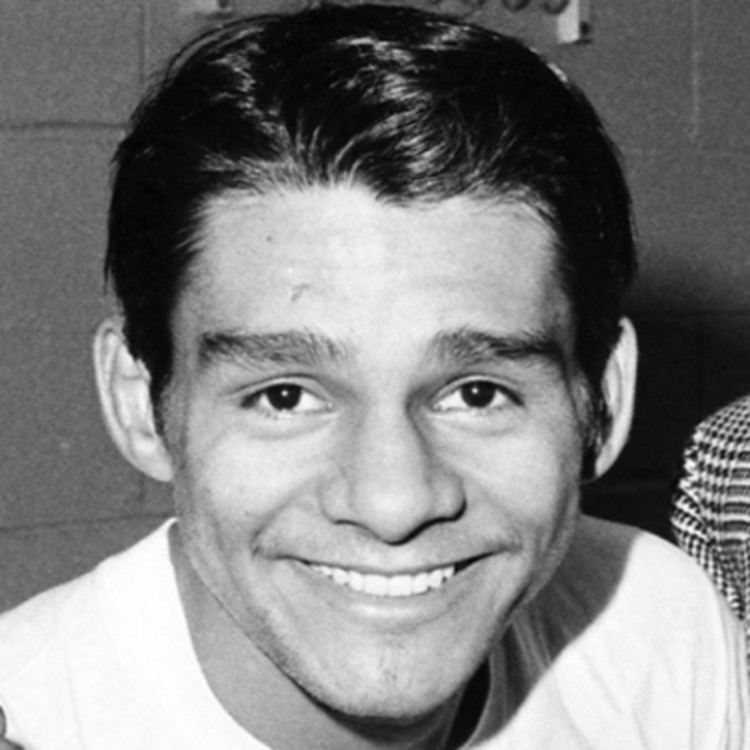
After an initial adjustment he won thirty in a row, and scored knockout victories over future Featherweight Champion Ernesto Marcel and former Super Featherweight Champion Hiroshi Kobayashi, culminating in his first title bout in June 1972, where he controversially defeated Ken Buchanan in Madison Square Garden, New York for the WBA Lightweight Championship. Durán, as a 2-to-1 underdog, scored a knockdown against the defending champion just fifteen seconds into the opening round and battered him throughout the bout. He was well ahead on all three cards as the bell rang to end the 13th round, at which time Durán (apparently not hearing the bell) continued to throw a couple of extra punches as Buchanan lay on the ropes. As Duran continued punching, the referee, Johnny LoBianco, grabbed him to pull him away. He pulled down on Duran's arms, which led to a seemingly accidental low blow. Buchanan dropped to the canvas in pain. His trainer Gil Clancy later said he had believed the blow to have been caused by a knee, though footage showed it to be a punch and no way near a low blow. Duran was not disqualified from the bout; instead, he was deemed as winner by thirteenth round technical knockout. Columnist Red Smith of The New York Times wrote that LoBianco had to award the victory to Durán, even if the punch was a low blow, as "anything short of pulling a knife is regarded indulgently" in American boxing. Buchanan said he left the fight "with sore balls".
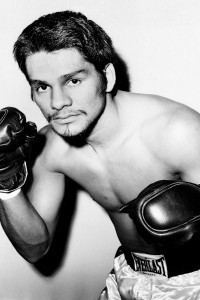
Durán followed up on his title winning performance with several non-title matches. Later that year, in another non-title bout, he lost a ten round decision to Esteban De Jesús. Durán got back on track with successful title defenses against Jimmy Robertson, Hector Thompson and future Lightweight Champion Guts Ishimatsu. In 1974, Durán avenged his loss to De Jesus with a brutal eleventh round knock out. In 1976, he defeated future Light Welterweight Champion Saoul Mamby. Overall, Durán made twelve successful defenses of his title (eleven coming by knockout) and amassed a record of 62-1, his last defense coming in 1978 when Durán fought a third bout with De Jesus, a unification match wherein Durán once again knocked out De Jesus and captured his WBC Lightweight Championship. Durán gave up the Undisputed Lightweight Championship in February 1979.
Welterweight
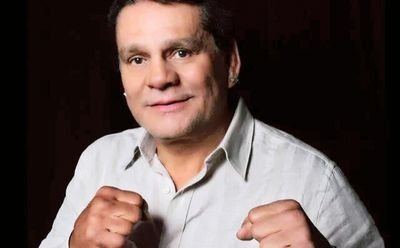
Vacating the Lightweight title was a buildup for an attempt at the Welterweight title. Durán earned a pair of wins against former WBC Welterweight Champion Carlos Palomino and Zeferino Gonzales, setting the stage for a title bout against then-undefeated WBC Welterweight Champion Sugar Ray Leonard. The venue chosen was the Olympic Stadium in Montreal, the same location where Leonard won an Olympic gold medal during the 1976 Summer Olympics. Durán resented the fact that he was getting only one-fifth the money Leonard would make despite the fact that he was entering the bout with an incredible 71-1 record. On June 20, 1980, Durán captured the WBC Welterweight title by defeating Leonard via a 15-round unanimous decision (145-144, 148-147, 146-144). The fight became known as "The Brawl in Montreal."
"No más"
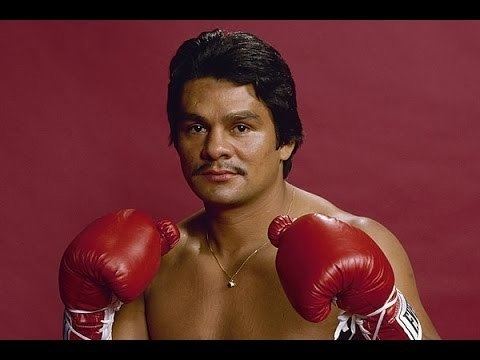
After defeating Leonard in Montreal, Duran gained iconic status in his homeland. He quickly gained weight. Leonard initiated the rematch clause and asked for the fight to be the following November. During the seventh round, after Leonard had gained a slight lead on the scorecards, Leonard began taunting and mocking Duran. Duran was unable to get Leonard against the ropes, as he had in their first fight. Halfway into the eighth round, Duran suddenly stopped fighting, supposedly saying, "No más" ("no more"). Duran disputes this, claiming what he actually said was, "No Peleo" ("I won't fight"). He further claimed that he knew that he was out-of-shape and wanted to abandon an obviously losing effort to save his strength.
Middleweight
He took some time to recover from that fight and gained even more weight to contend for the WBC Light Middleweight title, but losing in his first attempt at a championship in that division on January 30, 1982, against Wilfred Benítez by a 15 round unanimous decision, this after having defeated Nino Gonzalez and Luigi Minchillo, two rated Light Middleweights, both by ten round decisions in non-title bouts. Durán was also to lose his comeback fight in September 1982 in Detroit. Kirkland Laing, from London, shocked the boxing world, producing the type of display his talents promised yet he so rarely produced, taking the split decision. After being relegated to a 10 round walk out win over Englishman Jimmy Batten at The Battle of The Champions in Miami, Durán signed with promoter Bob Arum. This marked the beginning of a comeback in which he beat former world champion and now hall of famer Pipino Cuevas via a fourth round knock-out, which earned him a second crack at the light middleweight title, this time against WBA Champion Davey Moore.
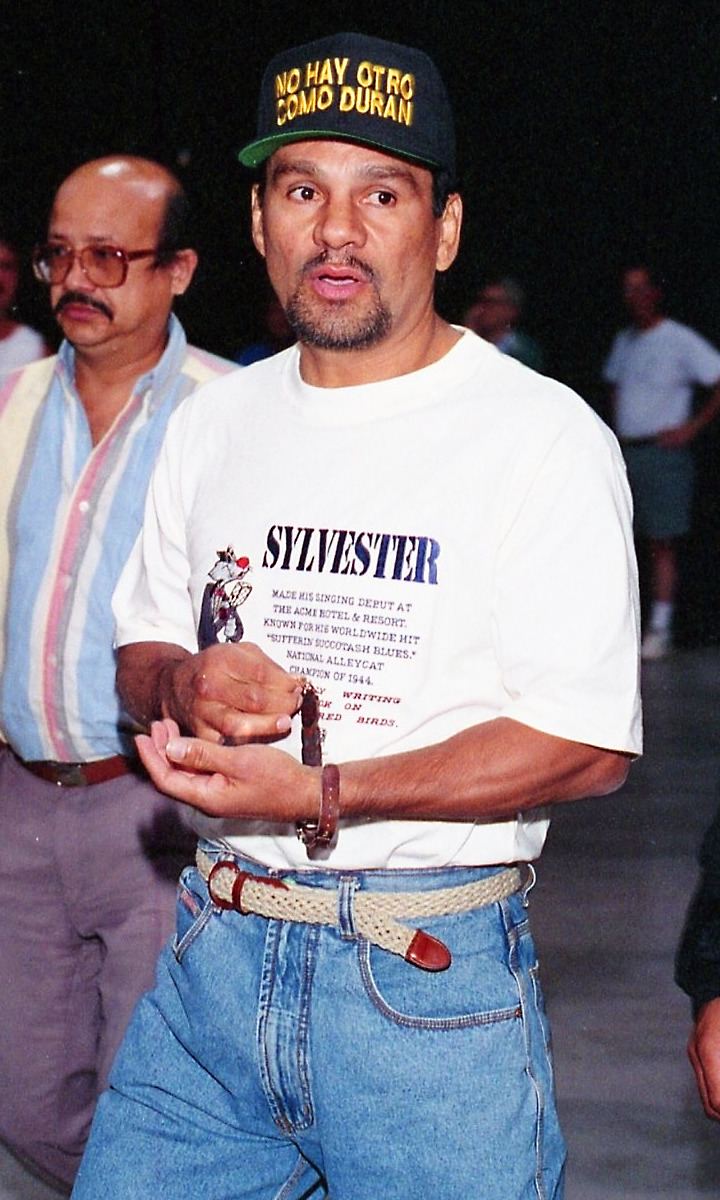
The WBA title bout took place at Madison Square Garden on June 16, 1983, which also happened to be Durán's 32nd birthday. The still inexperienced Moore (12-0) was game through the first three rounds, but by the 4th, Durán said he knew Moore couldn't hurt him, and an onslaught began. The pro-Durán crowd at ringside cheered as Durán relentlessly punished Moore. By the end of the sixth round, Moore's eye had swollen shut and he was floored near the end of the seventh. Finally the fight was stopped in the eighth round as Moore was taking such a horrific beating and Durán won his third world title. After the victory, Durán was hoisted up in the air as the crowd sang "Happy Birthday" to a sobbing Durán.
Durán later fought for the World Middleweight Championship, meeting Marvelous Marvin Hagler in Las Vegas in November 1983, during the fight Duran broke his hand and lost in a very competitive fight that went the full fifteen rounds, although after 12 rounds two of the judges had Durán ahead on points. Hagler fought tenaciously over the final three rounds to earn a unanimous decision. Despite the loss, Durán became the second man to take Hagler to a fifteen round decision (Vito Antuofermo was the other) and the only one to do so while Hagler was the world champion.
In June 1984, Durán was stripped of his Light Middleweight title when the WBA did not approve of his fight with WBC Champion Thomas "Hitman" Hearns and took away recognition of Durán as world champion the moment Durán stepped into the ring to box Hearns. Durán again made history in the fight, but this time it was the wrong kind. Hearns dropped Durán twice in the first round and as he rose to his feet after the second knockdown, which ended the round, the former champion did not know where his corner was. Hearns went on to knock Duran down a third time in the second round and the fight was stopped, marking the first time in his career that Durán had been knocked out in a fight (the "No Más" fight was officially recorded as a technical knockout, because Duran quit).
Durán did not contend another title fight until 1989, but made the shot count when he won the WBC Middleweight title from Iran Barkley in February. The fight is considered one of Durán's greatest achievements, as the 37-year-old former lightweight champion took the middleweight crown, his fourth title. In a tough, back-and-forth fight, Durán knocked Barkley down in the eleventh round and won a close decision. The bout was named the 1989 "Fight of the Year" by The Ring.
Super middleweight
His reign was short lived once again as Duran moved up to super middleweight (although both fighters weighed in at the middleweight limit) for a third clash with Sugar Ray Leonard in December 1989 (a fight dubbed Uno Más—One More—by promoters), which Leonard won by wide unanimous decision. Durán seemed to be in decline after the fight, he attempted to win further middleweight titles in 1994, 1995 and 1996 (fighting for the minor International Boxing Council (IBC) belt).
Durán fought Vinny Pazienza in 1994 and 1995 for the IBC Super Middleweight Championship and was defeated both times by unanimous decision, but many people felt Duran clearly won the first bout and he was robbed of the victory.
In 1996, he was challenged by Héctor Camacho for the vacant IBC Middleweight Championship but lost by a very controversial unanimous decision. In 1997, Durán was defeated by former champion Jorge Castro. Durán fought Castro in a rematch bout and won via unanimous decision.
In 1998, at the age of 47, he challenged 28-year-old WBA Middleweight Champion William Joppy. Joppy, a trim, quick-fisted fighter, battered Durán to defeat in just 3 rounds. It was Duran's most emphatic loss since the Hearns fight, over a decade earlier. Durán then announced his retirement in August 1998, but was back fighting in 1999.
In June 2000, Durán avenged a previous loss to Pat Lawlor and won the NBA Super Middleweight Championship on his 49th birthday. He lost the title a year later to Héctor Camacho in a rematch bout and in what would be Durán's final fight.
Retirement
In 2001, Durán traveled to Argentina to promote a salsa music CD that he had just released. While there, he was involved in a car crash and required life-saving surgery. After that incident, he announced his retirement from boxing at the age of 50.
Announcing his retirement, Durán cited the weight issues of his friend, Argentinian football legend Diego Maradona, as motivation for getting back in shape, stating "as of now, I am exercising so that when the [retirement] honors arrive the people will see me in shape. I don't want to [look] like Maradona did, all fat."
Durán's five world title belts, which he won in four different divisions, were stolen from his house in Panama in 1993 during a robbery allegedly staged by his brother-in-law, who gave them to memorabilia seller Luis González Báez, who will stand trial for trying to sell stolen goods. González Báez allegedly sold the belts to undercover FBI agents. He alleges that Durán authorized the sale of the five belts to him during a time that Durán was facing financial trouble. On September 23, 2003, a federal judge in Florida ordered the five belts returned to Durán.
His 70 wins by knockout place him in an exclusive group of boxers who have won 50 or more fights by knockout. He is ranked number 28 on The Ring's list of 100 greatest punchers of all time.
On October 14, 2006, Durán was inducted into the World Boxing Hall of Fame in Riverside, California, and on June 10, 2007, into the International Boxing Hall of Fame in Canastota, New York.
Today he is the brand ambassador of Panama Blue, Panama's premium bottled water.
Duran is a licensed ultralight aircraft pilot in Panama. He flew a Quick Silver MX model.
Film
Durán's first appearance in a movie was in the 1979 film Rocky II as a lightning-fast sparring partner for Rocky Balboa. Outside of this, Durán had minor roles in Harlem Nights.
Durán's life and boxing career are told in the documentary Los puños de una nación ("The Fists of a Nation") by Panamanian filmmaker Pituka Ortega-Heilbron. Durán also appears very briefly during an interview for the documentary The Panama Deception (1992), in which he recounts his experience during the United States invasion of Panama.
The biopic Hands of Stone stars Édgar Ramírez as Durán, Robert De Niro as Ray Arcel and Usher as Sugar Ray Leonard, and was released on August 26, 2016.
Television
Durán played the drug lord Jesus Maroto in Miami Vice season two, episode 19.
In "Corporate Warriors", the fourth episode of the second season of the hit American crime drama CSI: NY, Durán is mentioned by the medical examiner while discussing a dead man found to have bone grafts put in his hands to boost his punching power.
Music
The song "The Eyes of Roberto Durán" by Tom Russell, from the album The Long Way Around, contains the lyric, "Panama City - it's three in the morning; they're talking 'bout the Hands of Stone."
Durán is mentioned in the third verse of Nas' original demo for It Ain't Hard to Tell in the line: "Metaphors of murder man, hittin' like Roberto Durán, hold the mic in my hand, my lifespan."
The musician Jackie Leven recorded a song ("Museum of Childhood") that explores the events of the second world title fight between Durán and Sugar Ray Leonard.
Jazz musician Miles Davis, an avid boxing fan, recorded a tribute to Roberto Durán titled "Duran".
Durán is also mentioned in the third verse of Paul Thorn's "Hammer and Nail," based on Thorn's nationally televised fight with Durán:
Texas rockabilly band Reverend Horton Heat mentions Durán in their song "Eat Steak," off of their album Smoke 'Em If You Got 'Em.
